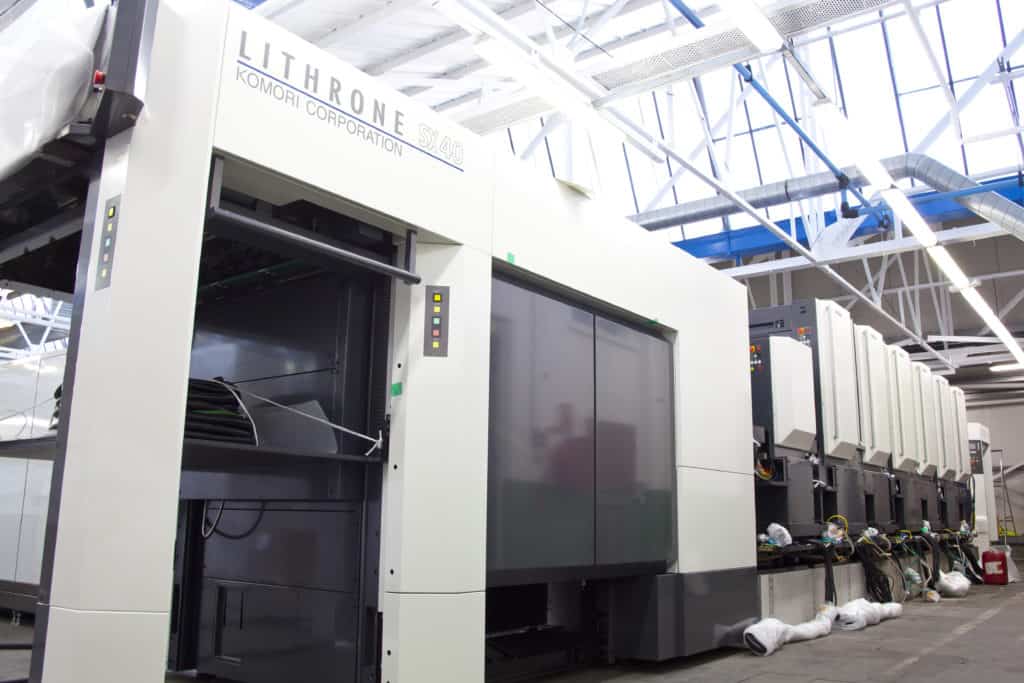Call FREE: 0800 046 9840
Email us: enquiries@merritts.uk.com


The removal of heavy redundant machinery is a common requirement within industrial and manufacturing sectors. Whether it's due to technological advancements, regulatory changes, or the end of the machinery's lifecycle, the machinery removal process requires careful planning and execution.

This following article summarises how Merritts efficiently removes redundant heavy machinery from customer facilities.
Safety Assessment and Planning
The first aspect of the machinery removal process is to conduct a thorough assessment of the machinery and its surroundings. As part of our assessment we identify potential hazards, assess the condition of the machinery, and evaluate the environmental impact of the removal. Merritts will then engage with relevant stakeholders, to ensure compliance with regulations.
On all heavy machinery removals, Merritts will create a detailed removal plan; a document which outlines the step-by-step process, including safety protocols, the resources needed, and a timeline for completion. We will factor in the potential to minimise waste and any environmental impact.
If the machinery contains hazardous materials, we will follow proper disposal procedures in accordance with environmental regulations. This may involve working with specialised disposal companies to handle hazardous waste responsibly.
All operatives at Merritts involved in the removal of heavy machinery are highly trained individuals consisting of SSSTS trained foremen, riggers, drivers, crane operators and electrical & mechanical engineering specialists. All equipment is tested at regular intervals and fully certificated. All PPE, lifting equipment, tackle, trailers, and vehicles are routinely inspected and maintained, and meet the required industry safety standards.
Heavy Lifting and Transportation
Removing heavy machinery can be a complex process, and the choice of lifting equipment can have a significant impact on the success of the move. Merritts extensive range of lifting equipment includes:
- Electric pick & carry cranes with a lifting capacity of up to 60Te.
- Versa-Lift heavy duty fork trucks with a lifting capacity up to 36Te.
- Hydraulic lifting gantries with lifting capabilities of up to 125Te.
- Lorry mounted cranes capable of lifting 20Te.
- A wide range of 3–7Te rated fork trucks with numerous specifications including, high lift, low mast, and fully electric versions.
Choosing the correct transportation method is critical in ensuring the safe and efficient removal of heavy machinery. Depending on the size and weight of the components to be transported, Merritts can offer options including low loaders, curtain siders, flat trailers, 3 and 4 axle semi low loaders, and numerous lorry mounted crane options.
Safe Disposal of Machinery & Equipment
Proper disposal of machinery and ancillary equipment is essential to prevent environmental pollution. Holding a Waste Carriers Licence signifies that Merritts are committed to environmentally conscious practices. It enables us to dispose of waste through authorised channels, ensuring that materials are recycled, reused, or disposed of in an eco-friendly manner.
Documentation and Reporting
Throughout the removal process, we will maintain thorough documentation. This includes photographs, transportation logs, relevant permits or certifications, and any health and safety related information. This documentation is not only essential for compliance but also serves as valuable information for future decommissioning projects.
Removing heavy redundant machinery is a multifaceted process that requires careful planning, adherence to safety protocols, and consideration for environmental impact. By following a systematic approach, Merritts helps clients streamline the decommissioning process, minimise waste, and contribute towards sustainable practices.
If you are considering a machinery removal project, a complete factory relocation, or need to temporarily store new or redundant heavy machinery, please get in touch.
